
An online program designed specifically for adolescents and young adults who survived cancer was shown to significantly alleviate insomnia and improve overall quality of life, according to study findings published today.


An online program designed specifically for adolescents and young adults who survived cancer was shown to significantly alleviate insomnia and improve overall quality of life, according to study findings published today.
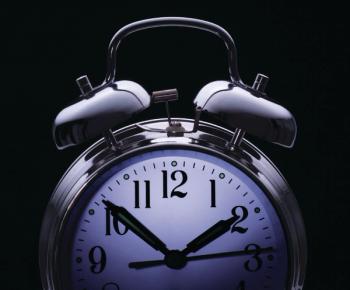
Circadian disruptions were associated with an increased risk of Parkinson disease (PD) in older men, potentially signifying PD’s impact on the internal clock before diagnosis.
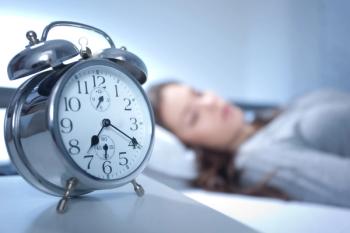
Researchers uncovered that an ambulatory home sleep study device may lead to earlier diagnosis and treatment of obstructive sleep apnea, according to the study findings.
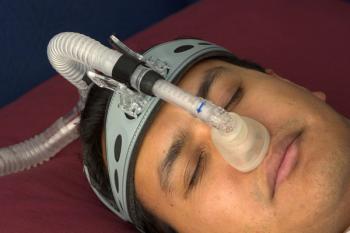
Alcohol consumption was found to contribute to the lowest oxygen saturation observed among patients at risk of snoring and obstructive sleep apnea, with additional associations linked to worsening severity of snoring and impaired sleep architecture in select groups, according to study findings.
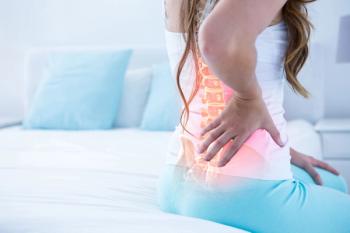
Low levels of sleep disturbance were associated with reduced likelihood of later pain after physical activity in a US population cohort aged 50 and older, according to study findings.

A review provided latest updates in type 1 narcolepsy, particularly sleepiness-related implications and the role of immune, genetic, and epidemiological aspects.

According to a survey on sleep habits both before and after lockdown measures caused by the coronavirus disease 2019 (COVID-19), 67% of Americans said they believe their sleep was healthier before the pandemic.

Forming an action plan to manage treatment of patients with epilepsy, as well as factors such as stress and anxiety that may be intensified amid the COVID-19 pandemic, can assist in lessening the uptick of seizures and emergency department use, said James Wheless, MD, director of the Le Bonheur Comprehensive Epilepsy Program and chief of the Department of Pediatric Neurology at the University of Tennessee Health Science Center.

Cognitive behavioral therapy for insomnia was found to reduce severity of obstructive sleep apnea (OSA) by 15% in patients with comorbid insomnia and OSA, according to study findings.

The American Journal of Managed Care® discussed nationwide, state level takeaways of Sharecare's Flatten the Curve survey with Elizabeth Colyer, senior vice president of Community Well-Being Index at Sharecare.
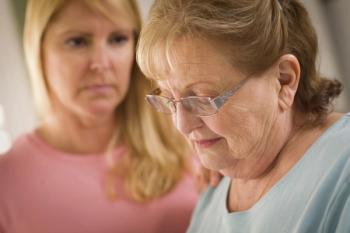
Severity of obstructive sleep apnea in patients was shown to be positively associated with a 3-month depression after ischemic stroke, according to study findings.

Quality, as opposed to duration, was suggested as the optimal target for prevention and intervention in sleep health among adolescents, with potential efficacy cited in improving psychological functioning, according to study findings.

Shift workers were found to have a higher incidence of excessive daytime sleepiness compared with patients with obstructive sleep apnea (OSA), according to study findings published this week.

The average sleep recommended for an adolescent is 8 to 10 hours per night, but recent study results show sleep deprivation is a widespread concern among this age group.

Tabula Rasa HealthCare (NASDAQ:TRHC) is a leader in providing patient-specific, data-driven technology and solutions that enable healthcare organizations to optimize medication regimens to improve patient outcomes, reduce hospitalizations, lower healthcare costs and manage risk. Medication risk management is TRHC’s lead offering, and its cloud-based software applications provide solutions for a range of payers, providers and other healthcare organizations.
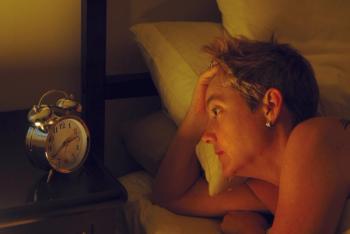
Compared with patients who have just sleep apnea syndrome (SAS), those with both SAS and restless leg syndrome were shown to exhibit a higher degree of insomnia-specific psychological symptoms, which may indicate the benefit of cognitive behavioral therapy in these populations, according to study findings.

Delayed school start times were shown to increase sleep duration among adolescents and lessen the need for catch-up sleep during the weekend, which may assist in addressing nationwide sleep deficits in these populations.
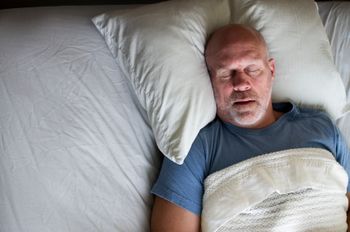
Compared with conventional methods, novel polysomnography parameters better describe how the severity of oxygen desaturation during sleep affects daytime alertness in patients with obstructive sleep apnea (OSA), according to study findings.

Patients with obstructive sleep apnea–hypopnea syndrome (OSAHS) had significantly higher Alzheimer disease biomarkers in their plasma than those without the condition, which may explain the occurrence of cognitive decline in these populations, according to study findings.
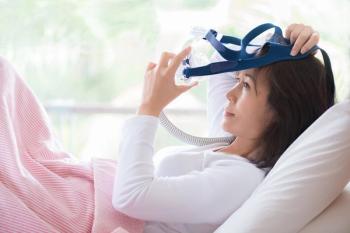
To help ease ventilator shortages resulting from the coronavirus disease 2019 pandemic, researchers at New York University’s Tandon School of Engineering were able to modify continuous positive airway pressure machines, used to treat patients with sleep apnea, into alternatives for mechanical ventilators.

More than a third of healthcare workers responding to the coronavirus disease 2019 (COVID-19) pandemic in China during its peak suffered from insomnia, with those reporting sleeplessness also more likely to feel depressed, anxious, and have stress-based trauma, according to study findings published today.
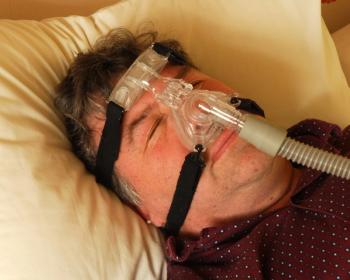
Employees with either obstructive sleep apnea or excessive daytime sleepiness were shown to be 2 times more likely to be involved in occupational incidents, highlighting the serious safety hazard posed by both conditions.
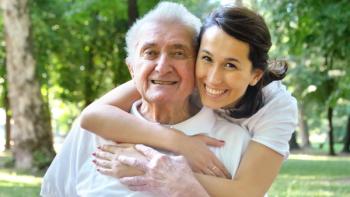
Ashwagandha root extract, a revered herb of Ayurveda, was associated with improvements in quality of life, sleep quality, and mental alertness in elderly patients, according to study findings.

Theranexus announced this week that its phase 2 trial for THN102 (modafinil/flecainide) in patients with Parkinson disease met its primary efficacy end point of significantly increasing the proportion of patients no longer suffering from excessive daytime sleepiness.

Amid the coronavirus disease 2019 (COVID-19) pandemic, the American Academy of Sleep Medicine (AASM) has issued a position statement on the significance of sufficient sleep, which when impaired has been deemed a possible contributing factor to physician burnout.

259 Prospect Plains Rd, Bldg H
Cranbury, NJ 08512
© 2025 MJH Life Sciences®
All rights reserved.
